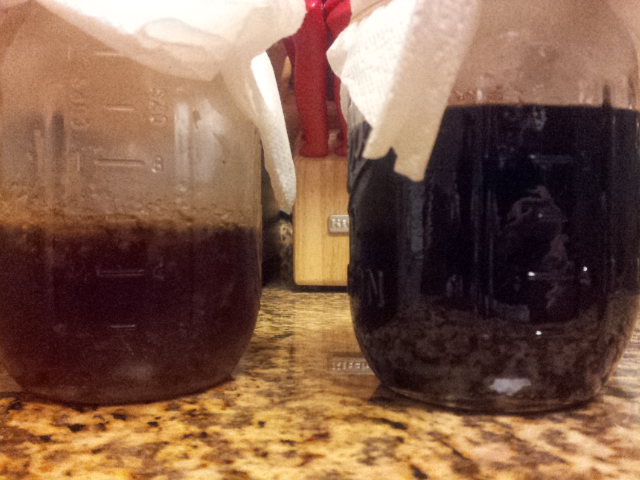i used lemon and lime juice, which made a sugar I used in a "Belgian 2.5" a little sweeter, but it still just had a caramelized vanilla flavor - it tasted very similar at clear, blonde, and amber stage - only when it got super dark did I get a "toasty caramel" flavor - not as complex - just varying levels of vanilla and caramel intensity - you aren't going to get the light to dark fruits as a result of the DAP reaction. Some have said DAP isn't enough and have used other vitamins and minerals, Potassium stands out as an example - but, I couldn't speak to the use of any of those ideas out there as DAP alone, and especially in combination with the unrefined and especially date sugar, got me as close as you can probably get to the D products without buying them.
I use strictly DAP now, and like I said - any unrefined sugars you can use will give you a more complex flavor - especially the date sugar IMO
just add the sugar, water, and DAP together in the pot, put on medium heat, and use your candy thermometer and eye for the flavor and color profile you want.
I use strictly DAP now, and like I said - any unrefined sugars you can use will give you a more complex flavor - especially the date sugar IMO
just add the sugar, water, and DAP together in the pot, put on medium heat, and use your candy thermometer and eye for the flavor and color profile you want.




